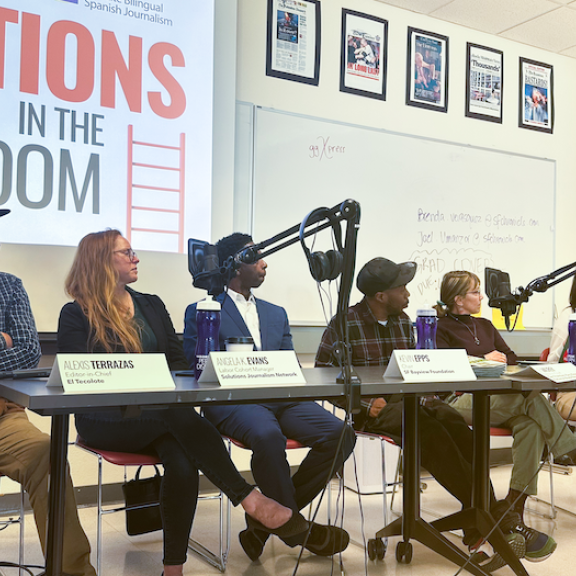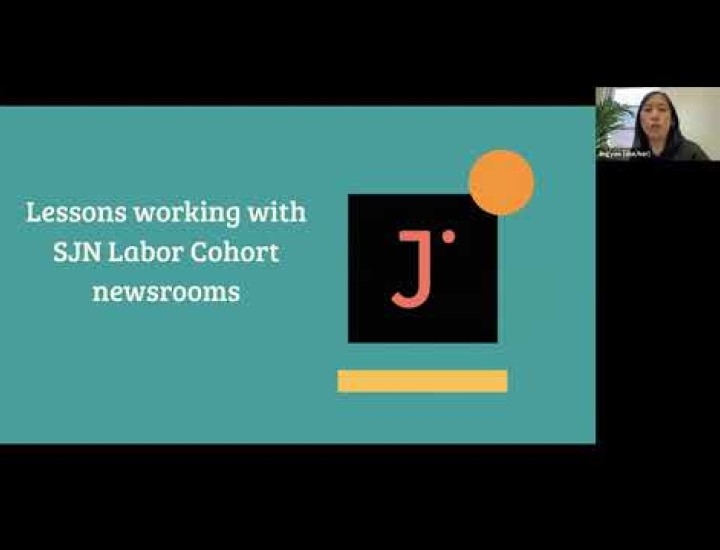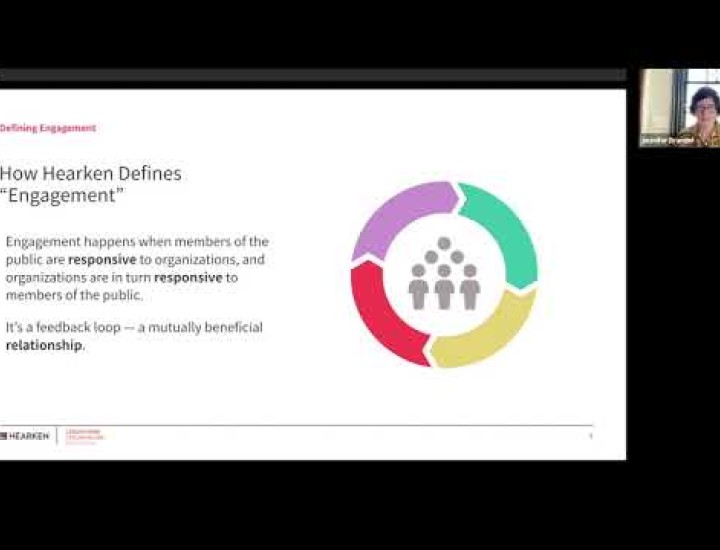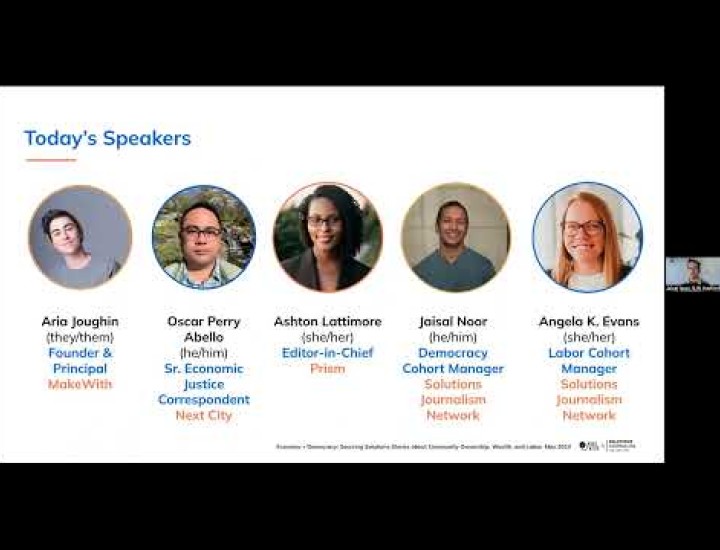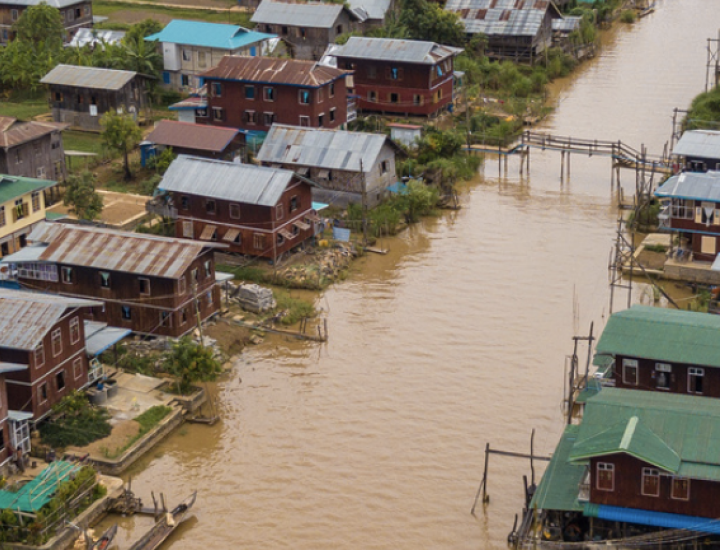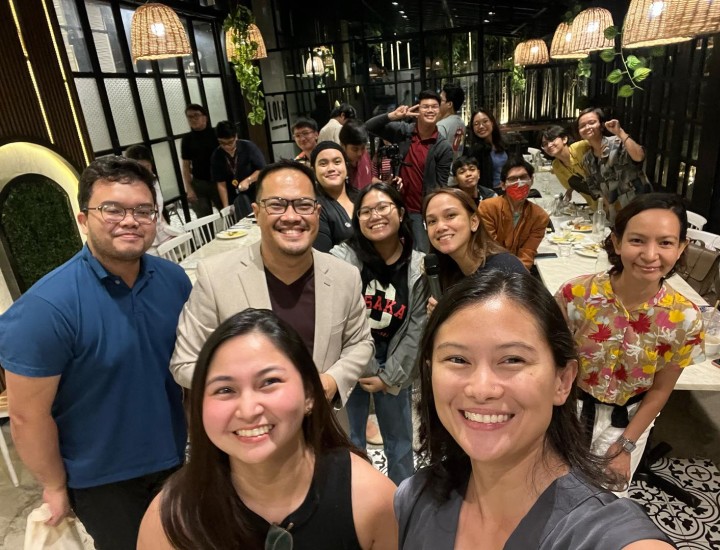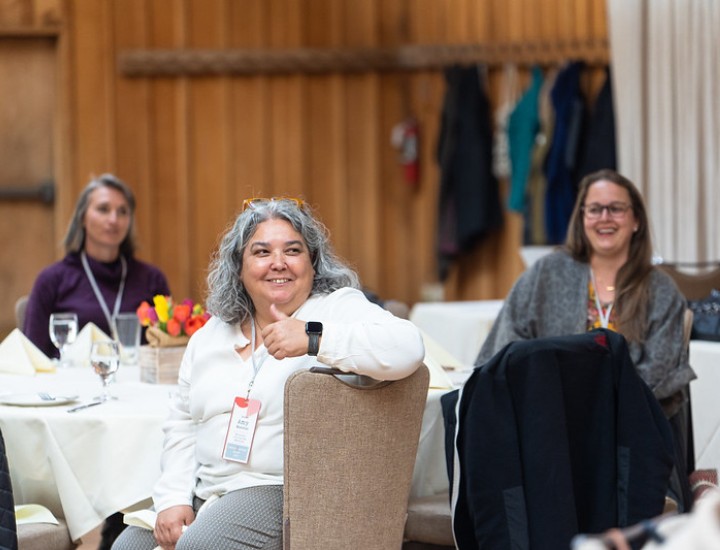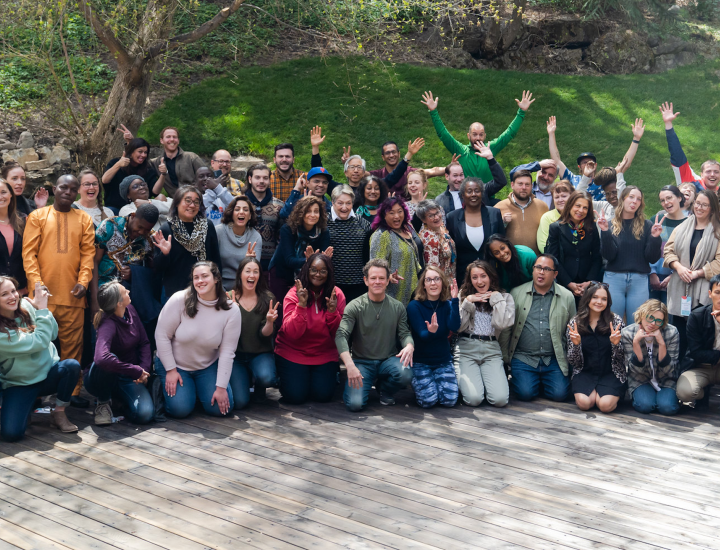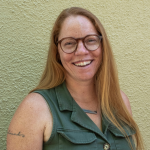Labor
Program Years: 2022-23
Starting in May 2022, the Solutions Journalism Network worked with 10 U.S. newsrooms in a Labor Cohort to examine systemic labor issues and responses based on what’s already happening on the ground. Our goal was that these newsrooms produce solutions journalism that spurs the industry into stronger, healthier narratives about workers.
Participating newsrooms included:
- Solutionaries
- Arizona Luminaria
- Gambit
- New York Amsterdam News
- El Tecolote
- Casper Star Tribune
- Prism
- QNotes Carolinas
- WMMT 88.7
- Kansas City Beacon
These journalists are tackling the intersections between labor and related topics like climate change, immigration, transportation and education. In rural and urban settings, in startups and well-established publications, they are pursuing answers to questions about which policies, programs and initiatives are providing the resources and creating the right set of circumstances for families to move up the economic ladder — and they are doing it without resorting to dehumanizing or objectifying narratives about poverty.
Core to this approach are community engagement strategies that help reporters identify community-driven solutions. With coaching from Hearken and Resolve Philly’s consulting arm, Modifier, the Labor Cohort newsrooms hosted events featuring sources from their stories, and interviewed representatives of communities that are underserved by existing news services. They also implemented tools to survey their communities and connect digitally.
Resources by Labor Cohort fellows
- Guide to becoming a listening newsroom from Gary Enrique Bradley-Lopez, community engagement bureau manager at The Kansas City Beacon.
- Tips for broadcast journalists looking to produce solutions journalism from Click Orlando investigative reporter Erik Sandoval.
- Webinar on bringing a solutions-oriented and pro-worker approach to internal newsroom practices from Prism Editor-in-Chief Ashton Lattimore (slide deck).
- SF State Solutions in the Newsroom, a panel with Angela K. Evans from SJN, Alexis Terrazas from El Tecolote, JR Valrey and Kevin Epps from SF Bay View, and Associate Professor Ana Lourdes Cárdenas from the journalism department at SF State, organized by Lorena Garibay from El Tecolote.
- Queeralize, an online toolkit intended to create more diverse sourcing and visibility of LGBTQ+ people in local news stories and increase tools for LGBTQ+ reporters to create impactful solutions journalism, from Chris Rudisill, editor of QNotes.
- Teaching solutions journalism to high school students, from Gambit editor John Stanton.
- How to report with a solutions lens in the middle of a natural disaster, as Katie Myers did at WMMT after devastating Kentucky floods in 2022.
- Column published in El Imparcial by Arizona Luminaria reporter Beatriz Limón encouraging other Spanish-language journalists to employ solutions journalism in service of Latino communities in the U.S. and Mexico; a recording of the reporter sharing her insights at Arizona State University's Walter Cronkite School of Journalism and Mass Communication.
Serving LGTBQ+ communities with solutions journalism
For more than 30 years, QNotes has been serving LGBTQ+ residents of Charlotte, North Carolina. Recently, it has also fully embraced a solutions-focused reporting lens that has helped the publication bring a new dimension of connection and engagement to its community — from presenting more complex stories to connecting people with potentially life-changing resources.
